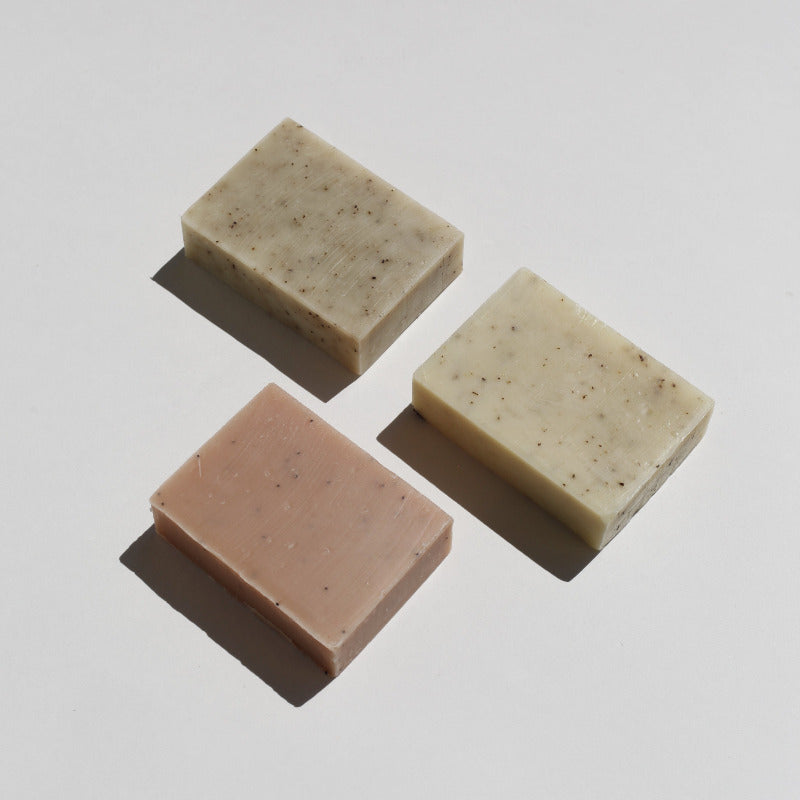Your Cart is Empty
OUR NEXT LIMITED EDITION ReLEASE IS SUMMER 2024
OUR NEXT LIMITED EDITION ReLEASE IS SUMMER 2024
MOISTURIZE

Reduce your Kitchen Waste with These Simple Tips
May 27, 2020 2 min read
It seems like the piles of trash and waste is absolutely endless due to a rise in cooking at home during this quarantine. With today being “Learn About Composting Day”, I simply cannot think of a better time to learn how to utilize kitchen scraps. Finding alternatives to combat the sheer amount of waste that we produce is actually quite easier than some might think. If you are wanting to take the plunge into the world of composting and/or reducing your kitchen waste, here are a few simple ways you can spearhead the process:
DIY Garden
In case you haven’t noticed, there is a major trend circulating this quarantine that is (actually) quite beneficial for our planet. Many are taking what would-have-been food scraps like herbs and avocado pits and instead, placing them in water to flourish and grow. If you want to begin building your own window-sill garden, start with herbs like green onions and instead of throwing out the ends, stash them individually into a cup with water lined at the bottom. Be sure to keep them in view of the sun and before you know it, you’ll have your very own home grown herbs ready-to-use in your next dish.
Rules of Layering
Many complain of the stench and smell that is often accompanied with composting in one’s home. This is due to the chemical breakdown of waste that can cause a rather odious and unpleasant smell. An easy way to combat this stench is to remember the rules of layering with composting. In order to keep the proper circulation of air and water, keep in mind to place “browns” on the bottom and layer “greens” on top. “Browns” are carbon rich materials such as leaves, egg cartons, and paper products. “Greens” on the other hand are comprised of the typical food scraps you would associate with composting such as fruit, veggies, coffee grounds, and even yard clippings. Ensuring that there is a proper layering process is sure to ease up the stench that can come from composting, and allow for your scraps to break down in a much more seamless way.
Do’s and Don’ts
Keep in mind that not every kitchen scrap should be composted. For an easy overview of what and what not to do when it comes to composting, check out this article with a simple breakdown.
We love composting so much that we’ve written another blog entry on it! Take a look at our previous post that features an easy way to assemble a composting box and other great ways to recycle your scraps.
Leave a comment
Comments will be approved before showing up.
Subscribe
Sign up to get the latest on sales, new releases and more …














